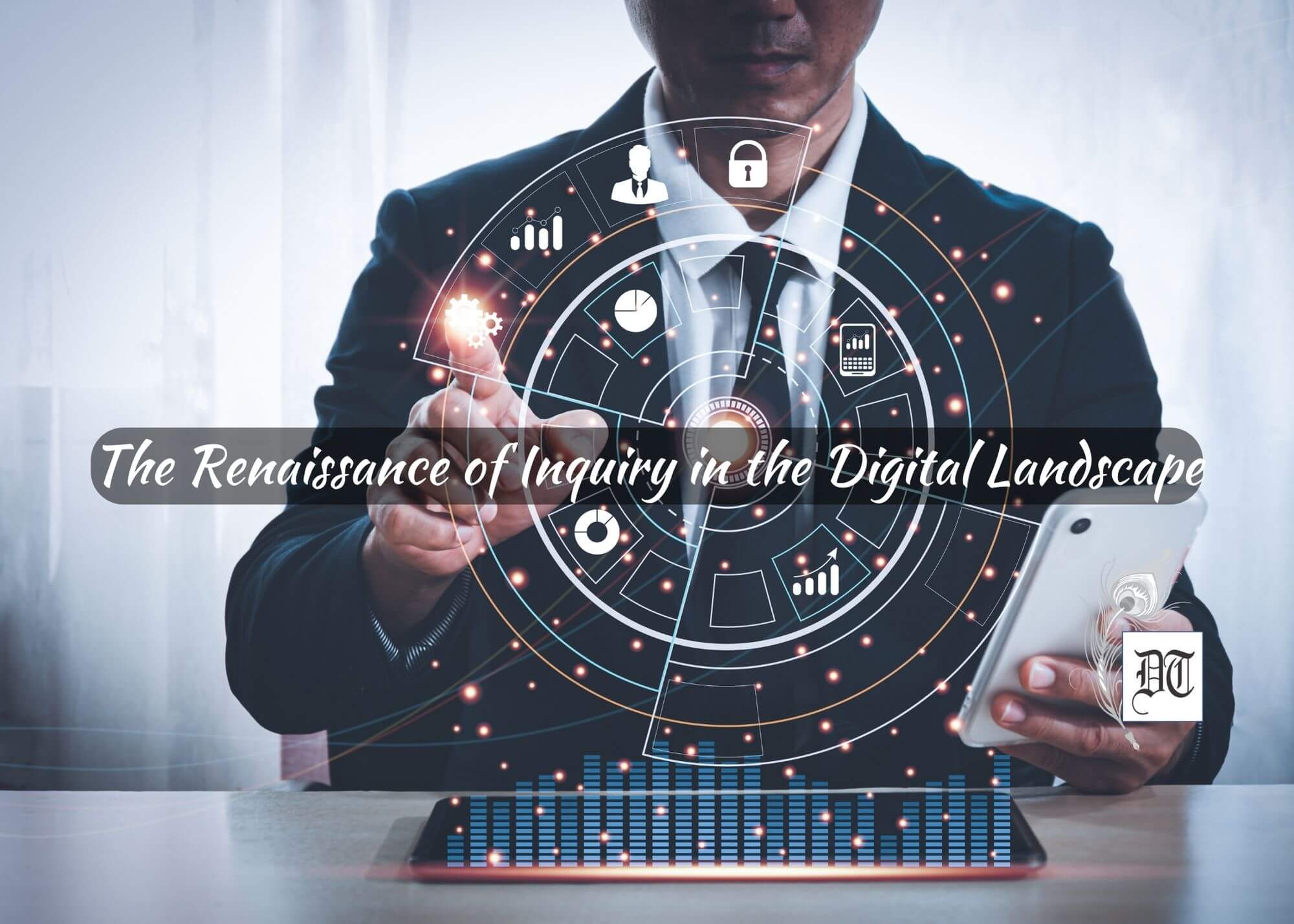Madhuri states that in a digital age, transforming data into meaningful narratives requires asking the right questions, resembling the craftsmanship of journalists, an exclusive for Different Truths.
In an era where information is as ubiquitous as air, there exists a subtle art that separates the wheat from the chaff—the art of asking the right questions. Much like a carpenter who transforms raw wood into an elegant chair, a skilled conversationalist can turn a flood of data into meaningful discourse. This craftsmanship, reminiscent of an earlier age of Journalism finds its relevance renewed in our digital epoch.
Reflecting on the bygone days of rotary phones and public transport—the tools of the trade for a journalist in a pre-digital world—one recalls the thrill of chasing exclusives. It wasn’t just about the information; it was about unearthing the untold story, about viewing the world through a lens uniquely one’s own. The lack of immediate digital resources wasn’t a hindrance but rather a catalyst for creativity.
The Internet has democratised access to information…
Today, the landscape has transformed dramatically. The Internet has democratised access to information, placing the entire expanse of human knowledge at our fingertips. However, this abundance often leads to an information overload, where the sheer volume of data can be overwhelming and paradoxically, uninformative. In this dilemma, the role of the inquirer is more crucial than ever.
The essence of compelling storytelling in the digital age lies not in accessing information but in asking the right questions. It’s a skill that requires one to dig deeper, to look where others haven’t, and to find the story that hasn’t yet been told. Every piece of information, no matter how seemingly mundane, contains layers of untapped potential. The trick lies in finding the right angle, the unexplored perspective that brings a fresh view to a familiar narrative.
Consider the world of generative artificial intelligence, a realm rife with technical jargon and complex concepts. Here, The ability to ask pertinent, insightful questions becomes pivotal. It’s not just about understanding the mechanics of AI; it’s about exploring its implications, its ethical boundaries, its impact on society, and its role in our future.
As we engage in conversations…the quality of our inquiries dictates the depth of understanding we achieve.
As we engage in conversations, be it with AI or with each other, the quality of our inquiries dictates the depth of understanding we achieve. In this sense, each conversation is a journey—a quest for meaning and insight. The right questions act as our compass, guiding us through the labyrinth of information to the heart of the story.
When we tread this path, we embody the spirit of those early journalists, for whom every story was a voyage into the unknown. The tools have changed—rotary phones have given way to smartphones, typewriters to laptops—but the essence of the quest remains the same. It’s about peeling back the layers, challenging the status quo, and uncovering the stories that lie hidden beneath the surface.
Let us remember that the art of asking the right questions is not just a skill but a form of artistry. It’s what transforms information into knowledge and data into narrative. In the end, it’s not just about which story to tell, but how we choose to tell it.
Picture design by Anumita Roy





 By
By
 By
By
